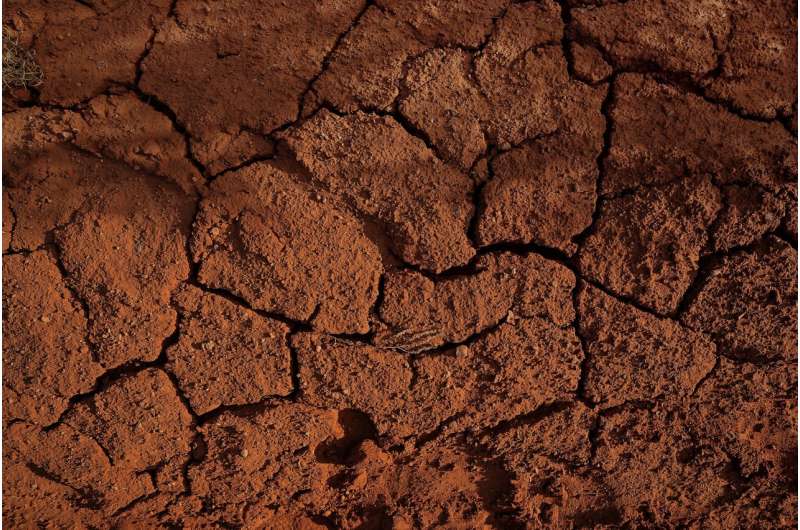Soil slow to respond to native revegetation efforts

Restoration of degraded landscapes takes time and patience, but residual soil deficiencies surprised researchers who compared the results of a six-year native planting project in South Australia.
Although revegetation is connected to improved soil health, Flinders University researchers said their experiment showed a shortfall in soil bacterial recovery after the replantings, highlighting the need for more research into ecosystem restoration.
"We are in the midst of the global biodiversity and land degradation crisis and the UN has just declared a Decade on Ecosystem Restoration. Clearly there is an urgent need and rising demand for effective restoration actions," says senior author Dr. Martin Breed, a member of the Frontiers of Restoration Ecology research group and the Health Urban Microbiome Initiative.
An estimated 75% of the Earth's land surface is impacted by land degradation and this is projected to rise to almost 90% by 2050, according to the IPBES Assessment Report on Land Degradation and Restoration.
Australia has lost nearly 40% of its forests, with the remaining native forest highly fragmented, with under 4% of Adelaide Plains forest cover and less than 10% of Mount Lofty's original forest cover remaining since European settlement (Corey Bradshaw, 2012)
To better understand how soil microbiota responds to native plant revegetation, Flinders University and CSIRO scientists compared soil microbiota by DNA sequencing the bacterial 16s rRNA gene from soil samples collected six years apart at a large revegetation site near the Mount Bold Reservoir near Adelaide.
"These soil bacteria are fundamental to ecosystems—and their biodiversity is vital for human health and wellbeing," says Dr. Breed. "These common microbiota underpin many functions we rely on, such as forming soil, decomposing organic matter, and making nutrients available to plants and animals."
While the study found some indications of recovery, the researchers were concerned by the apparent lack of microbial recovery after such a long time since revegetation took place.
"Our results show that we can't rely on native plant revegetation to restore soil microbiota," Dr. Breed says.
"The study contributes important new information and highlights fundamental knowledge gaps in understanding of how soil microbiota responds to native plant revegetation."
Mount Bold, the largest reservoir in South Australia, is about 45 minutes drive south of Adelaide and surrounded by more than 5500 hectares of land.
The article has been published in Restoration Ecology.
More information: Alfie J. Lem et al, Does revegetation cause soil microbiota recovery? Evidence from revisiting a revegetation chronosequence six years after initial sampling, Restoration Ecology (2022). DOI: 10.1111/rec.13635
Provided by Flinders University





















